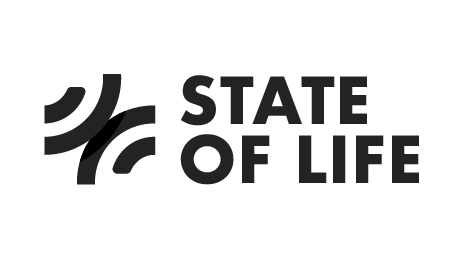What is a WELLBY, what is it worth and is it real money?
How are you doing?
The answer is wellbeing.
Almost every week you will be asked the simple question - “how are you?”. The answer you give is your assessment of your own wellbeing (known as subjective wellbeing). Your answer is about how you feel about your life, health, work, happiness at that point. You might be answering about the last hour of the day or the last year and all of this is measured as wellbeing in the UK and around the world.
Your answer might be ‘I’m good thanks’ or ‘not too bad’. Now imagine you were asked to give a score out of 10. This is how wellbeing economics works and how we arrive at a WELLBY value.
What is a WELLBY?
The WELLBY is calculated based on the single survey question: “Overall, how satisfied are you with your life nowadays, where 0 is "not at all satisfied" and 10 is "completely satisfied"?. It has taken decades (and arguably centuries) of social science, research and economics to arrive at this agreed measure of our wellbeing. 1 WELLBY is equal to one person moving 1 point on this 10-point scale for one year.
How can you be sure that an event, life change, project, programme, policy actually caused this improvement in life satisfaction? Essentially, you have to ask the question (alongside other relevant questions) in the right way. This is what we do at State of Life.
What is a WELLBY worth and why? The simple answer.
The simple answer is that over many years, very clever economists from LSE, HM Treasury and beyond have collaborated, peer-reviewed and produced guidance that gives the WELLBY a value of £13,000 (this was in 2021, with inflation this is now £15,300). All of the detail is superbly explained in the 2021 HMT Green Book Supplementary Guidance: wellbeing.
There have been a number of methods considered for valuation of the improvement in Life Satisfaction that make up a WELLBY. The values were chosen to be consistent with existing government health values and widely published evidence on link between wellbeing and income. At State of Life, we think the most credible, smart and useful element of this valuation is how the WELLBY is benchmarked to the NHS measure of economic value - the QALY (Quality Adjusted Life Year).
But is a WELLBY real money? The link to the NHS measure of value, the QALY.
The NHS spends over £200bn per year, around £4,000 per taxpayer, per year. This is very much real money that is taken from the pay packet of every working man and woman in the UK. And the NHS decides how to spend that money based on how treatments improve our quality of life. And so the NHS has to give value to your quality of life and health to compare to the cost of a drug or treatment the NHS is giving to you.
The NHS and NICE has to give a value to a year of good health to be able to assess the cost-effectiveness of drugs and treatments. NICE and the NHS do this using a measure called a QALY (a Quality of Life Year). The NHS and NICE can then make decisions on how to best invest for the health of the population - for example, how many QALYs will a new cancer drug result in compared to how much it costs.
The value of a QALY (a year in good health) has been produced using several studies from the UK Department for Transport and Department for Health, and has been recommended in recent version of the HMT Green Book. The value of a year in good health to the average person is around £70,000. Prof. Paul Frijters and Chris Krekel from LSE explain in the excellent Handbook of Wellbeing for policy-making in the UK (2021) how to transpose a QALY onto wellbeing and a WELLBY. The resulting value is a conservative £10,000 per WELLBY.
The Green Book guidance of 2021 settled at £13,000 as a central, primary value of 1 WELLBY. And this is £15,300 in 2024. The values were chosen to be consistent with existing government health values and widely published evidence on link between wellbeing and income.
So a WELLBY is not really cash in my pocket?
No, it’s not. But it is putting an economic value on the things that money can’t buy - reduced stress, confidence, friends, reduced loneliness, mental health and how you feel about life. You can’t go into a shop and buy this stuff (though some will suggest you can) but it very obviously has value to your life. Benefits to health and happiness are often earned with giving up time and effort. And that has a value.
If you would like to know the full detail on all of this - the HMT Green Book supplementary guidance: wellbeing by our own Chief Economist Allan Little and the super, smart Sara MacLennan is excellent.


